Getting Up Close and Personal With America’s First Offshore Wind Farm
The newly-erected turbines off of Block Island may signal the future of American wind power
The captain of the small fishing boat didn’t exactly instill confidence in his passengers. “The last two photographers got sick,” he told us helpfully as we prepared to leave the port of tiny Block Island, off the coast of slightly-bigger Rhode Island. The photographer next to me, with another news organization, fiddled nervously with his equipment, a motion sickness patch on his neck. I, too, had taken a precautionary Dramamine.
We were traveling a mere three miles southeast of the island, where the last of five 560-foot-tall wind turbines was being erected in the shallow coastal waters. Designed by General Electric for a project owned by Providence-based Deepwater Wind, the stalwart, 6-megawatt machines constitute the first offshore wind farm in the United States—and we were going to see it up close.
It was a clear August day, and the water was relatively calm. Eric Crucerey, the Block Island Wind Farm project director for GE Renewable Energy, and I looked through the windshield as the four completed turbines came into view. Crews, he said, had been working nonstop since early August, with a few delays.
“We had to stop several days due to high winds,” said Crucerey, who has been in charge of transporting and installing the five GE Haliade turbines. The hold-up, he said, was a contradiction: of course the project’s organizers want strong winds to produce energy. Just not in this phase, as it complicates the installation.
Shipping the parts of the turbines to Block Island was a beastly task in itself. Manufactured in a GE factory in Saint-Nazaire, France, the five, 400-ton nacelles—machines with all of the turbines’ generating components—crossed the Atlantic on a large vessel called the Brave Tern. The 15 blades, weighing 27 tons and measuring 240 feet each, first traveled by highway with a police escort on a special trailer from the factory in Denmark where they were made to a port where they were shipped to Aviles, Spain. There, they joined up with the towers and continued on to Providence.
Then came the heroic feat of assembling the turbines. On site, the Brave Tern transformed into a construction platform. The vessel jacked up above the water’s surface on four sturdy legs rooted in the sea floor. Throughout this month, crews positioned the barge at each “jacket,” a bright yellow steel base planted in the seabed and rising out of the water. These foundations for the turbines were laid last year—a “steel in the water” milestone for the offshore wind industry in the United States. Cranes on the Brave Tern’s deck hoisted parts hundreds of feet into the air, and, piece-by-piece, crews erected the turbines. The final blade was added to the fifth turbine last Thursday with a giant gripper dangling from a crane.
The Department of Energy has estimated that there is the capacity to generate more than 4,000 gigawatts of electricity—four times the existing electric system—from offshore wind along the coast of the U.S. and the Great Lakes. Earlier this month, Massachusetts Governor Charlie Baker added some momentum to the cause when he signed legislation that requires electricity distributors in the state to reach 1,600 megawatts (a commitment higher than any other state) of offshore wind energy by 2027.
The 30-megawatt Block Island Wind Farm is miniscule compared to Europe’s offshore farms. But it gets the job done: Each turbine can generate enough electricity for up to 5,000 homes. “But because of what they call the ‘capacity factor,’ which basically allows for the fact that the wind doesn’t blow all of the time, we think of these five machines as being able to supply electricity for 17,000 homes,” said Tim Brown, public affairs leader for GE Renewable Energy. The 125,000 megawatt-hours of electricity produced each year should meet 90 percent of Block Island’s power needs.
Undersea electric cables connect the five turbines to a new substation on Block Island, and National Grid, a utility company providing electricity and natural gas to Rhode Island, New York and Massachusetts, laid a cable from the island to mainland Rhode Island. Deepwater Wind agreed to initially sell electricity to National Grid at a rate of 24.4 cents per kilowatt-hour.
The $300 million farm’s relatively modest size ultimately helped it succeed. Others, like the 130-turbine Cape Wind project off Cape Cod, have been stymied in part by vocal residents who see the metal behemoths as an eyesore. The fact that Block Island has never been connected to the energy grid also makes it a favorable spot for a wind farm. Homes and businesses on the island currently get all of their electricity from generators fueled by diesel shipped from the mainland—a method that is very expensive. Deepwater Wind estimates that the new farm will ultimately reduce electric rates on the island by 40 percent.
As our fishing boat bent around the first turbine, I tried not to think about what I had for breakfast. Everyone’s heads tilted back to take in the hunk of steel before us. Crucerey explained that crews of up to 25 people are distributed to each machine in the morning for 10 hours of work. Their boats approach the turbine carefully, and the crewmembers start their day with a vicious workout: climbing 65 feet up a ladder to the steel jacket. Inside the tower, there is an elevator that ascends more than 300 feet (the equivalent of around 30 stories) to the nacelle, which can accommodate six people. A helicopter pad is attached to the nacelle in case the turbine needs to be serviced in conditions too rough to send technicians by boat.
Maneuvering the costly parts of giant machines on the water is difficult. “When we are offshore, everything is very complex,” Crucerey said. “We have to be prepared for anything. To have always in mind, if something happened, what are we going to do?”
The crew went through a number of safety trainings, including a rescue activity that involved jumping, with a controlled cable system, from the helicopter pad.
“I did it,” Crucerey said, with a smile.
In the next weeks and months, crews will be testing the turbines. The machines are expected to be operational by October or November.
“This project is a very important symbol of the fact that tangibly offshore wind can work in the U.S.,” Brown said. “It won’t be a theoretical debate. People will see it in the water, they will see it working, and they will see it supplying electricity.”
/https://tf-cmsv2-smithsonianmag-media.s3.amazonaws.com/accounts/headshot/megan.png)
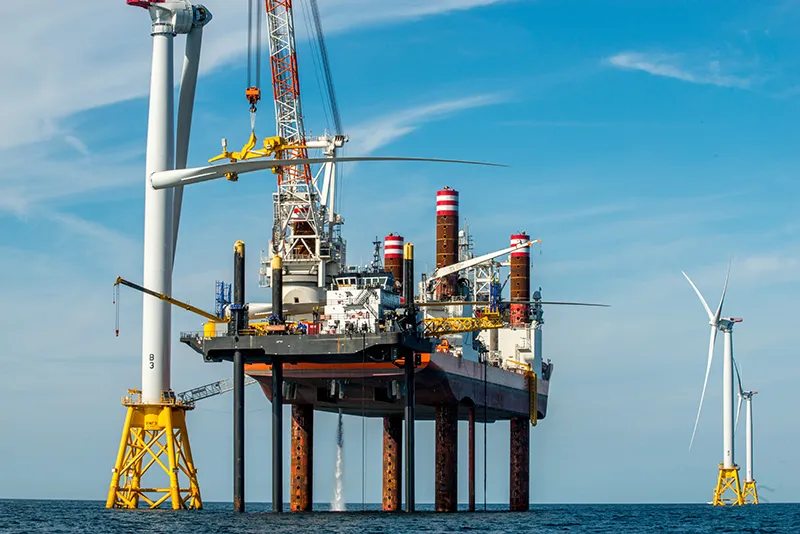
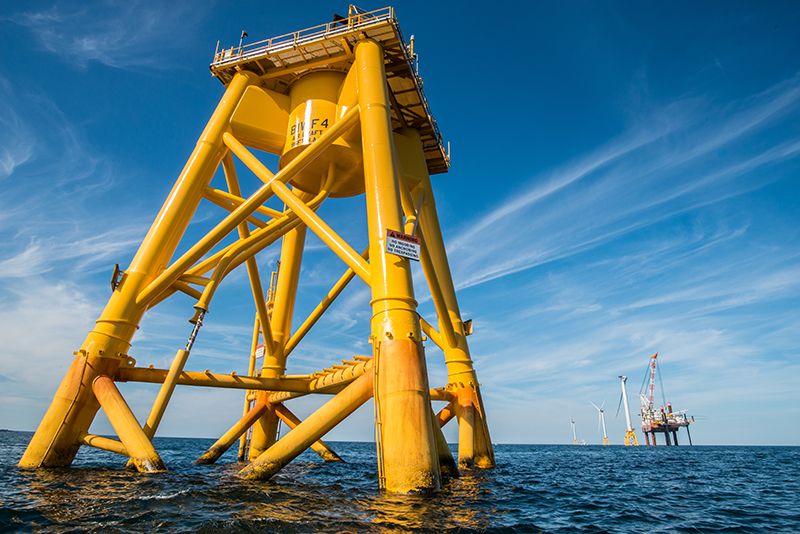

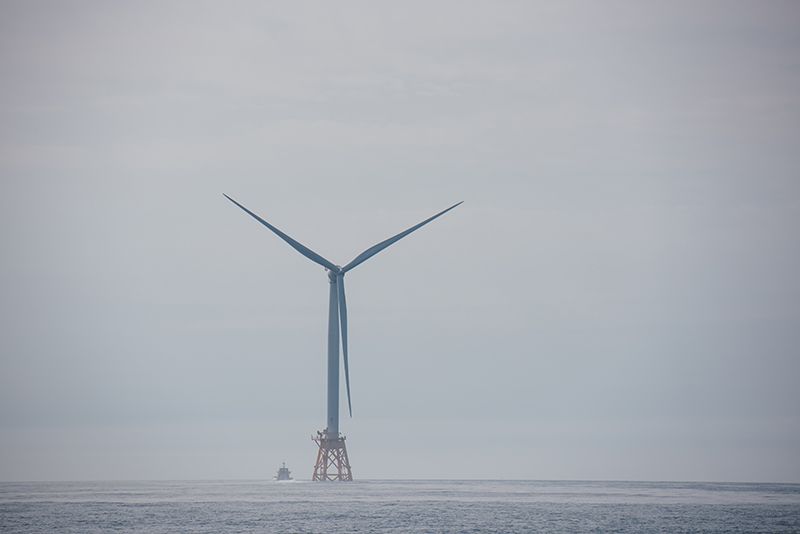
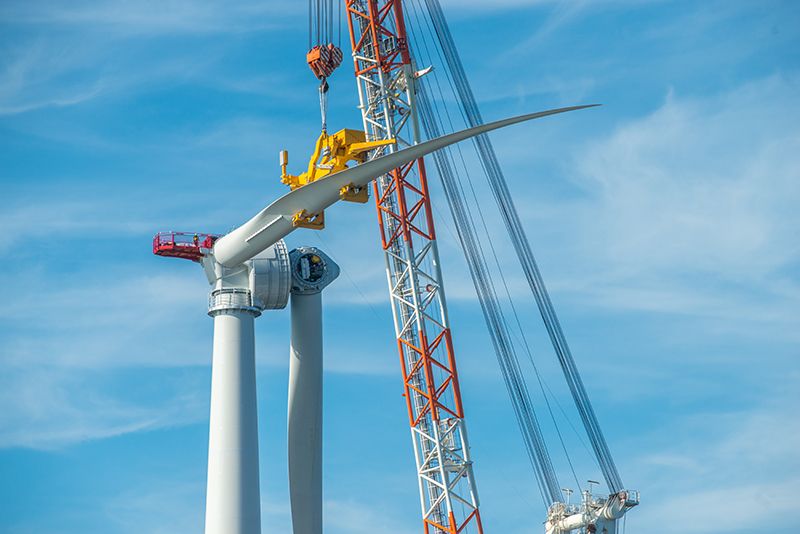
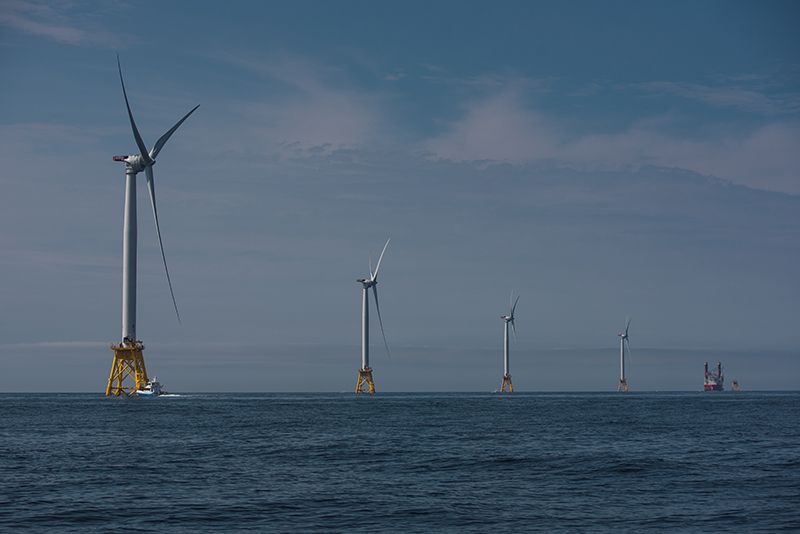
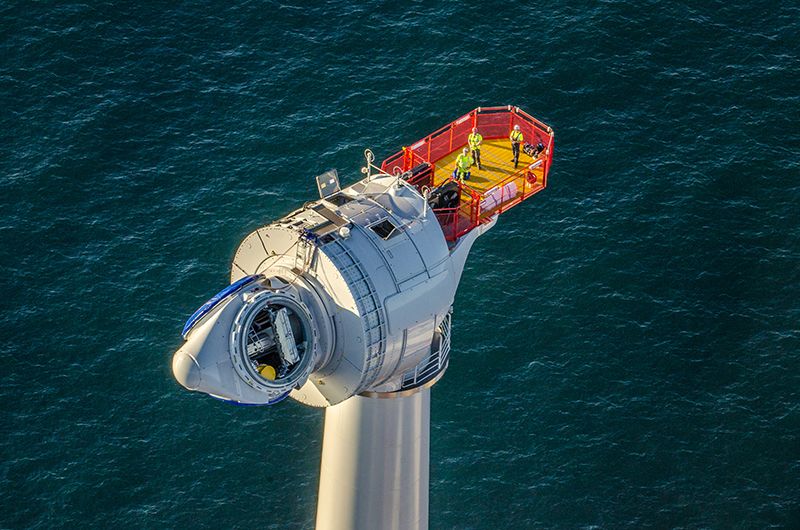
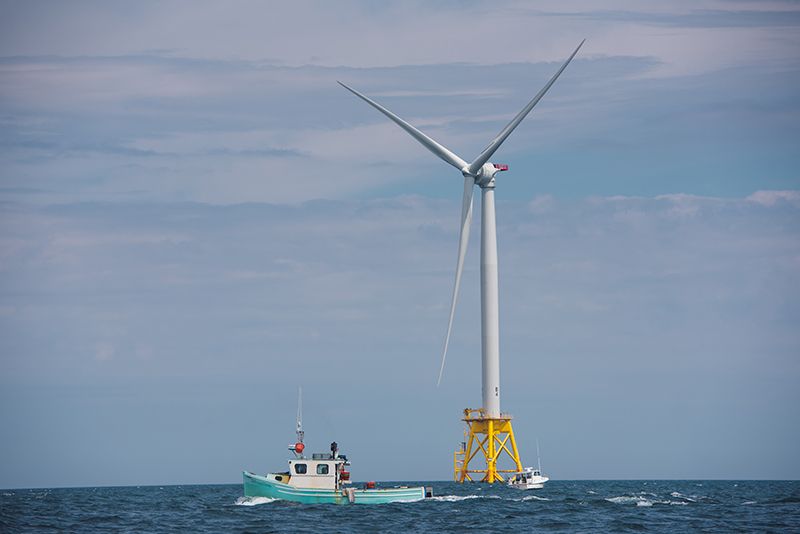
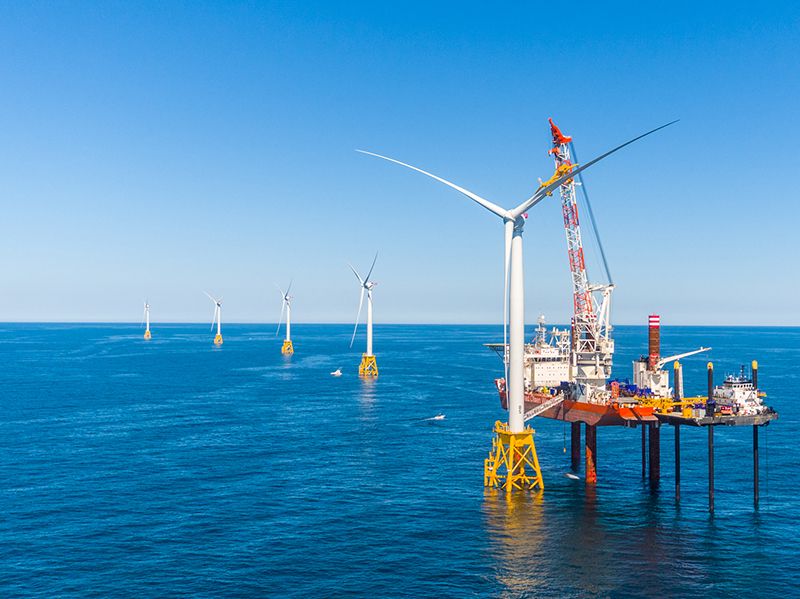
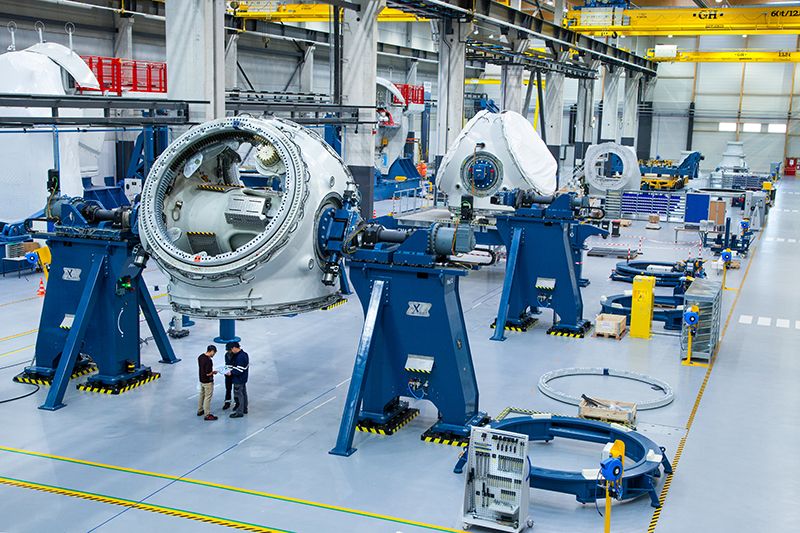
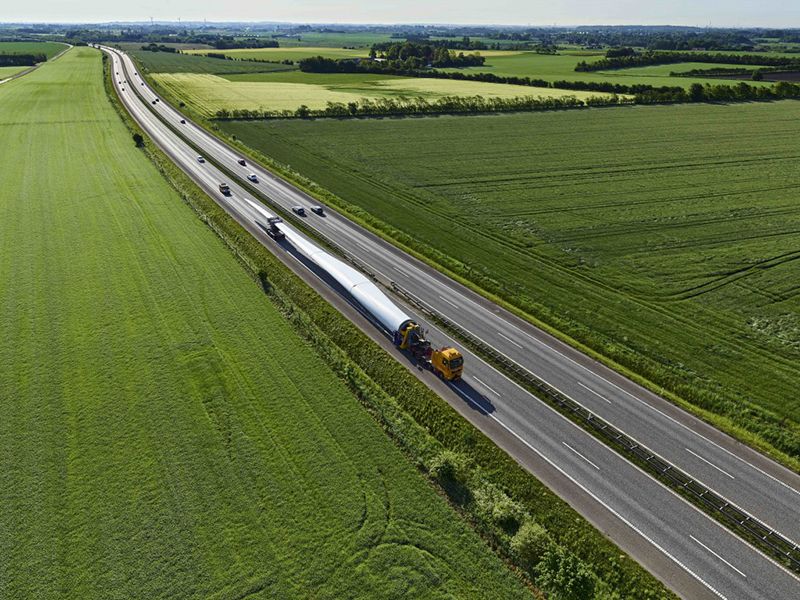
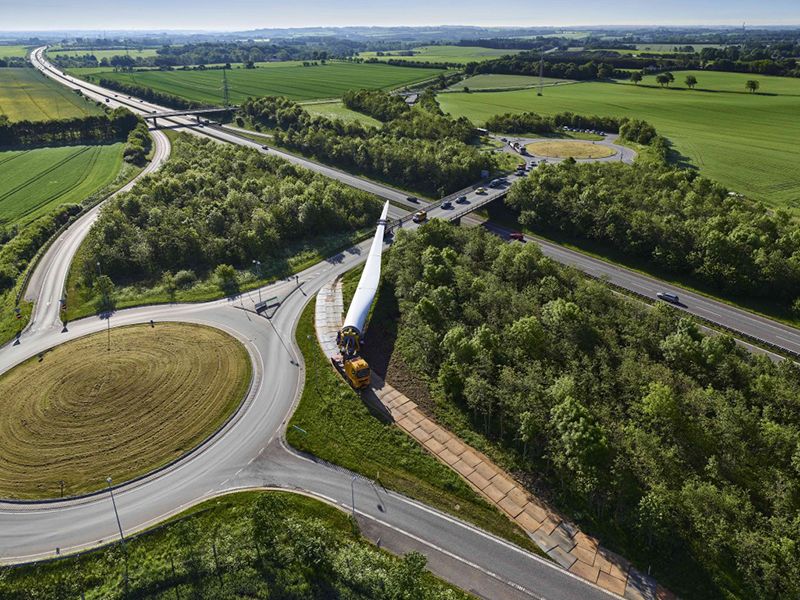
/https://tf-cmsv2-smithsonianmag-media.s3.amazonaws.com/accounts/headshot/megan.png)